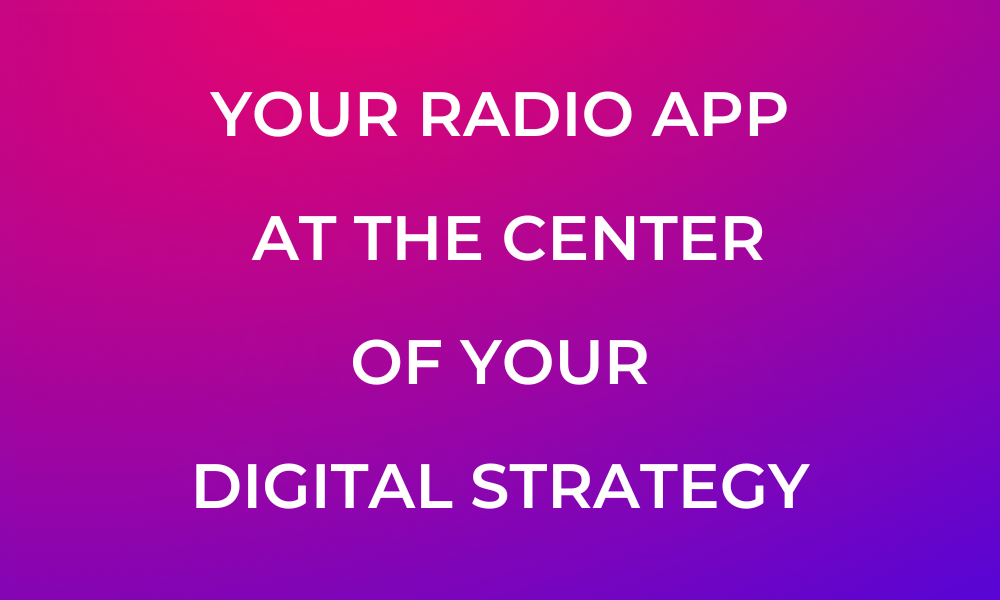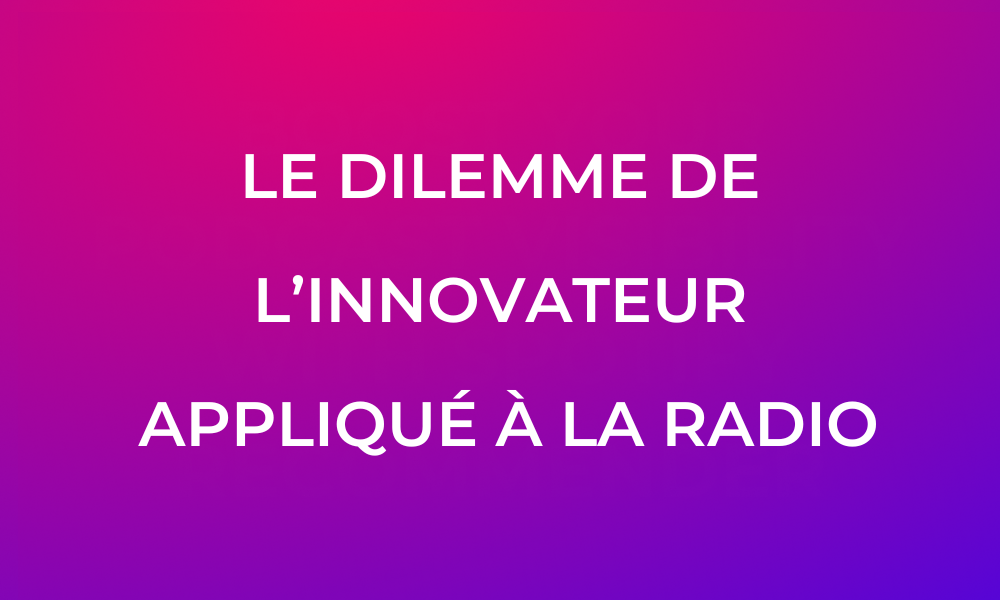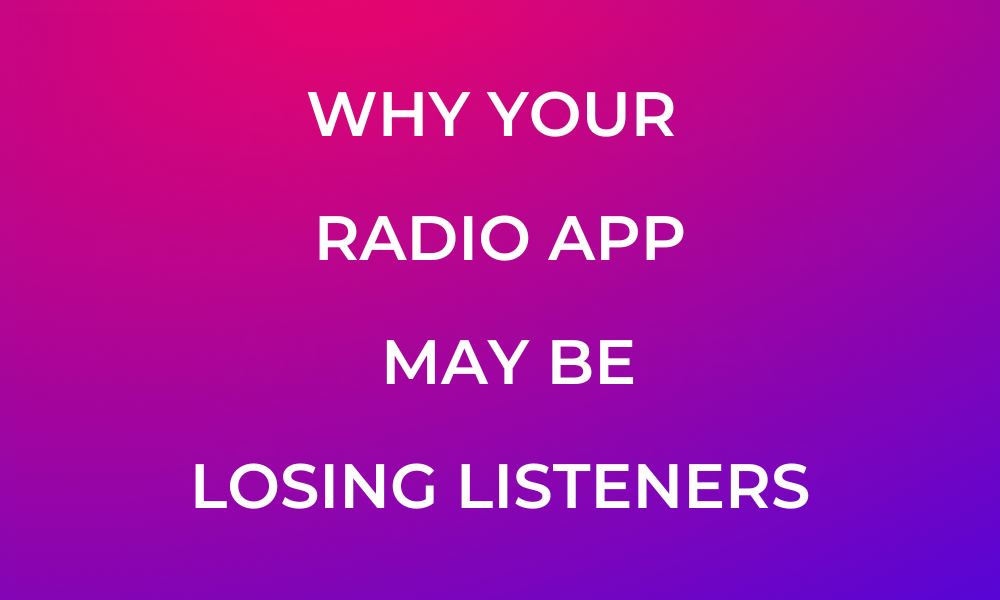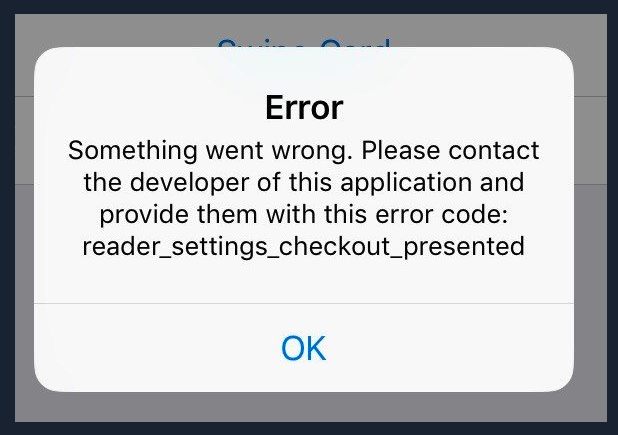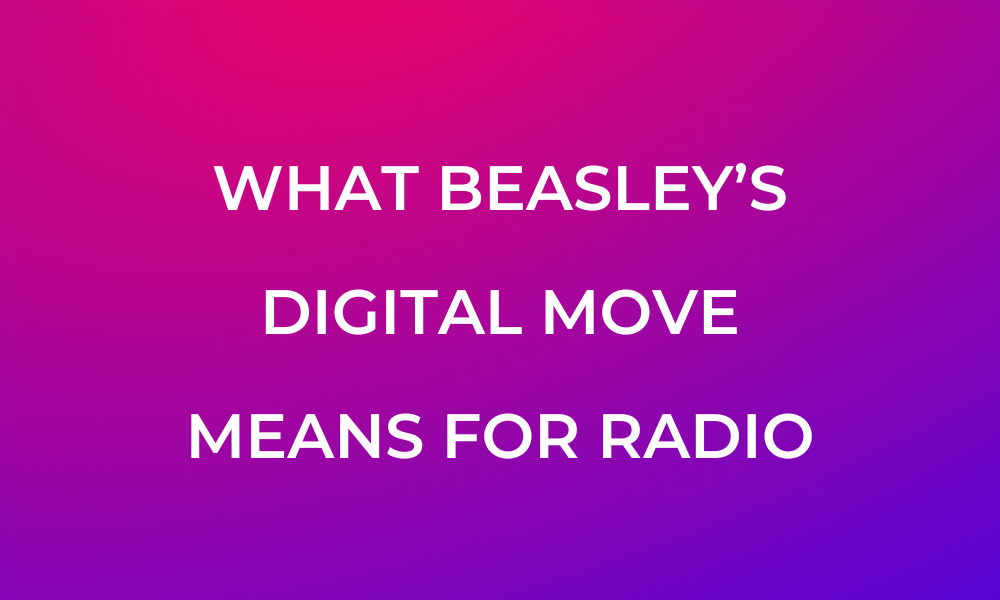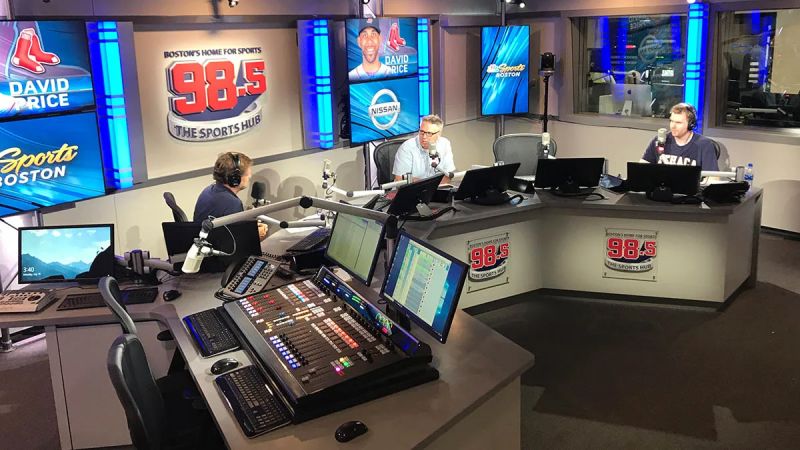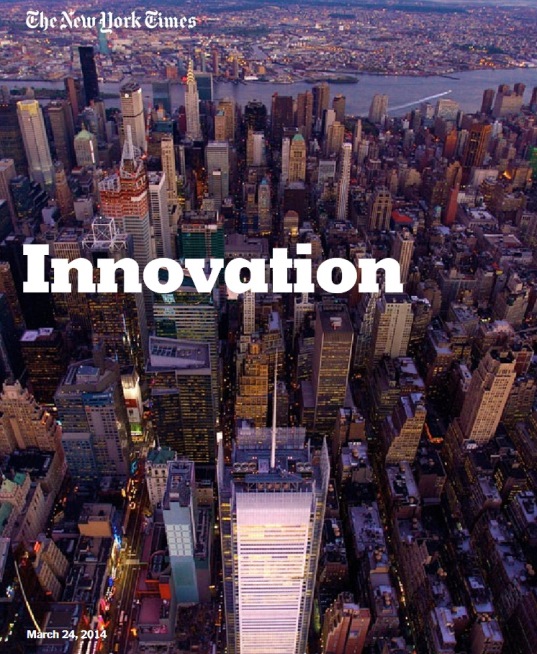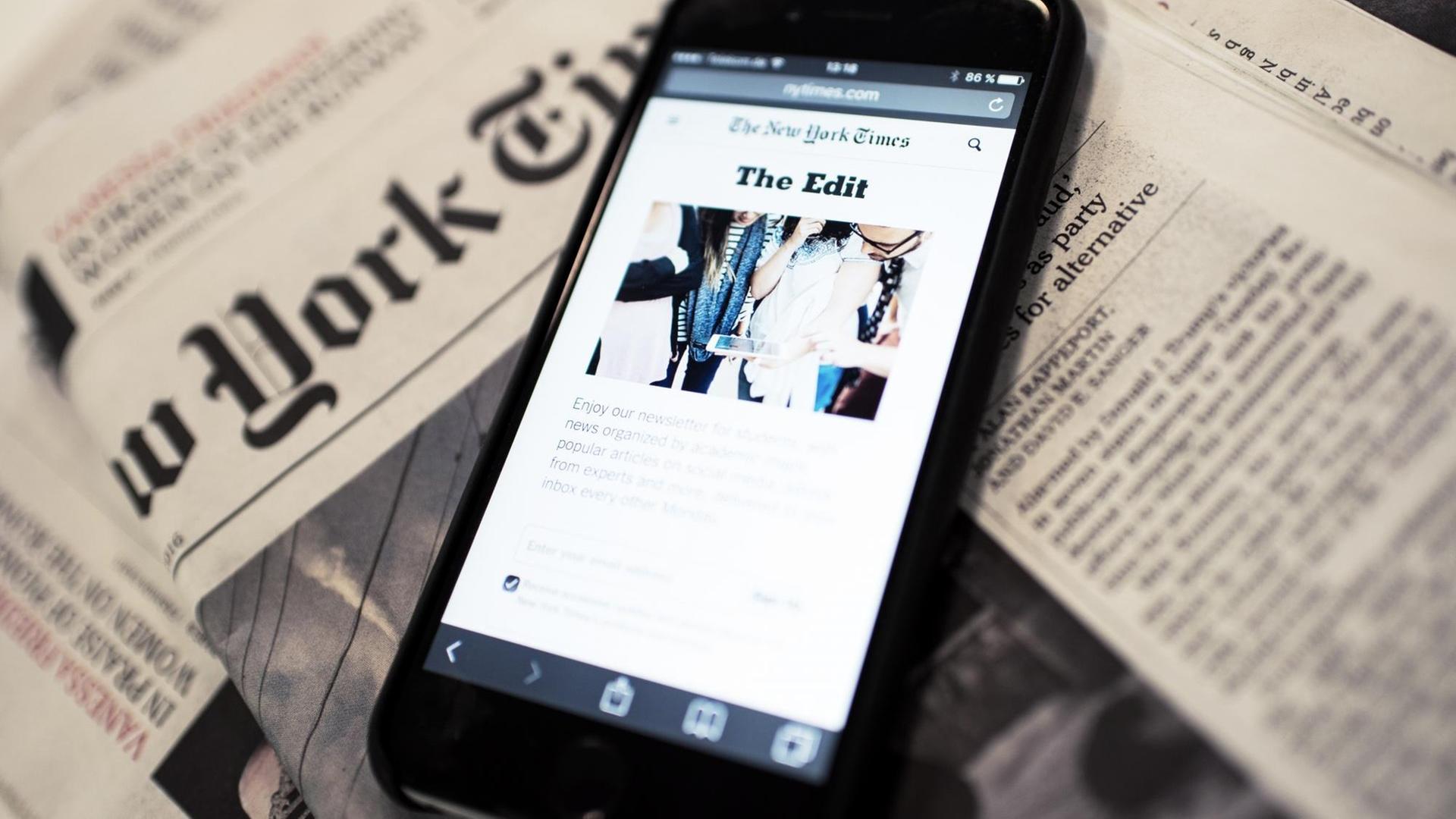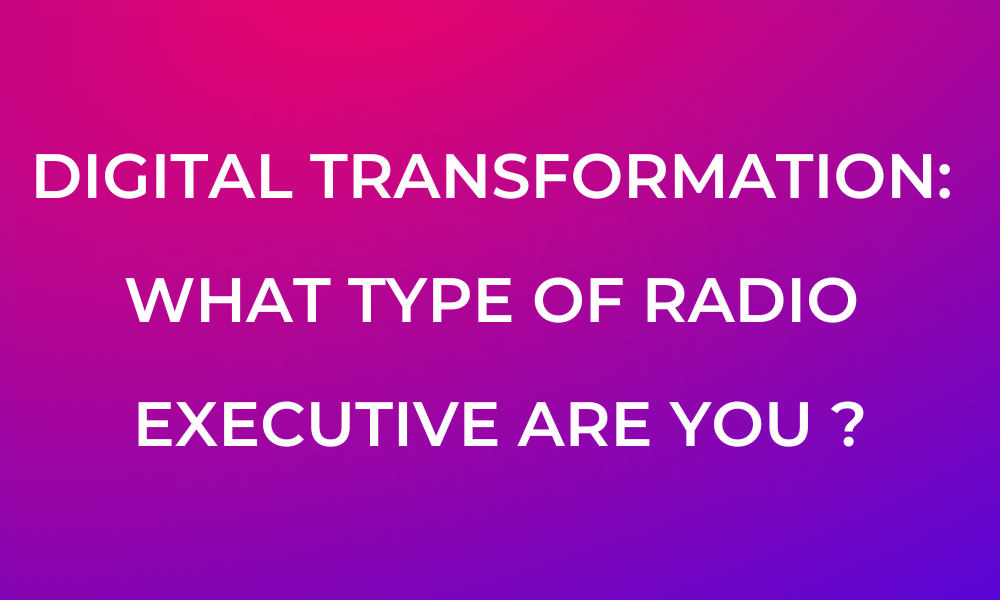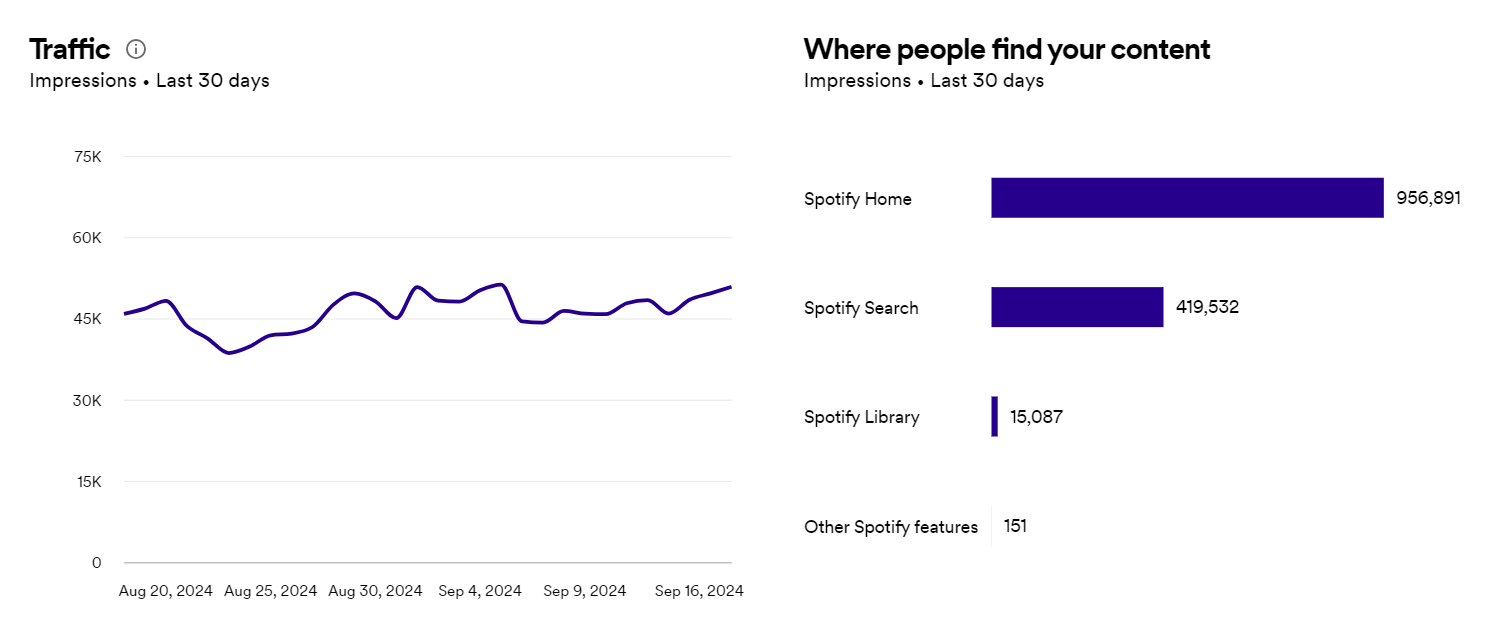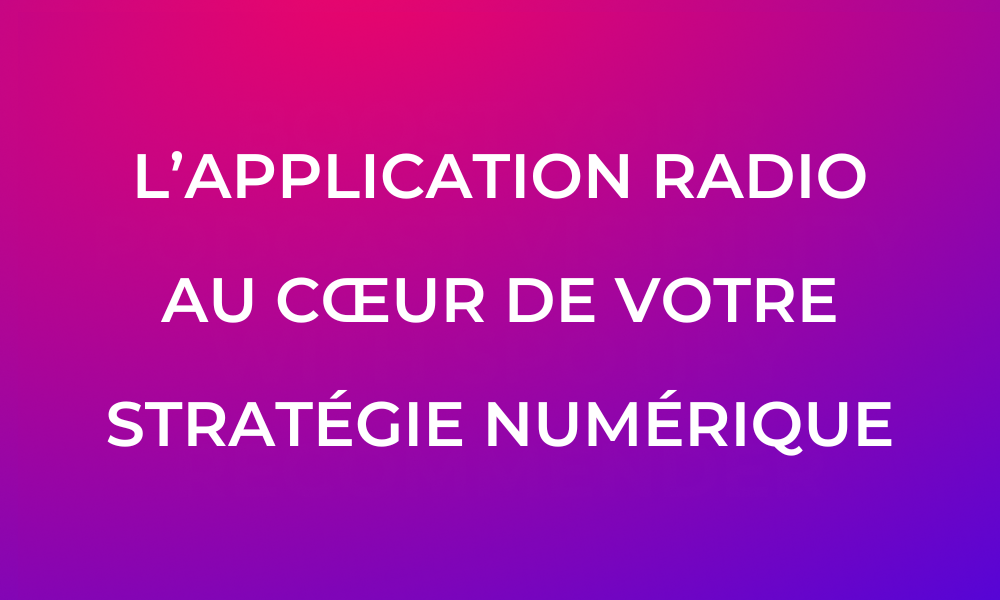
Tout passe désormais par le smartphone. Lire les actualités, vérifier la météo, gérer son compte en banque, commander un taxi, regarder une vidéo… tout se fait via une application.
L’audio ne fait pas exception.
En Allemagne, 79 % des foyers avec jeunes possèdent encore un poste radio, mais moins d’un tiers des jeunes en ont un personnellement. Ils n’en ont pas besoin : ils ont un smartphone.
Demandez à un groupe d’étudiants s’ils savent ce que signifie 99.8 FM : le silence qui suivra dira tout.
Les habitudes formées dans la jeunesse durent. Cette génération ne zappe pas les médias traditionnels : elle développe des usages entièrement centrés sur le smartphone et les applis.
Pour exister dans un monde où le numérique progresse à un rythme exponentiel, il faut être là où se trouve votre audience – et où elle sera encore davantage demain : sur son smartphone, dans des applications.
Être présent avec votre application radio, pas celle des autres
Pourtant, beaucoup de radios se trompent : elles pensent qu’être présentes sur Spotify, Apple Podcasts ou YouTube suffit. Ce n’est pas le cas.
Posez-vous trois questions :
- Concentration des revenus : quel pourcentage de vos revenus numériques provient d’une seule plateforme, comme Spotify ? Plus de 70 % ? C’est risqué.
- Accès à l’audience : disposez-vous des coordonnées directes de plus de 20 % de vos auditeurs ? Sinon, vous ne les « possédez » pas vraiment.
- Dépendance à la découverte : si votre principale plateforme supprimait vos contenus demain, combien de temps vous faudrait-il pour retrouver 50 % de votre audience ?
Le paysage audio numérique s’est consolidé en un oligopole. Apple Podcasts, Spotify et YouTube contrôlent la majorité de la consommation. Ces plateformes suivent toujours le même schéma : distribution gratuite au départ, curation algorithmique, puis commissions et, à terme, concurrence directe avec leurs propres contenus.
Des exemples récents l’illustrent bien. Les changements de Spotify en 2023 sur la découverte de podcasts ont pratiquement anéanti certaines catégories entières de créateurs, du jour au lendemain. AppGratis, une plateforme de découverte d’applications comptant 12 millions d’utilisateurs, a tout perdu quand Apple l’a supprimée de l’App Store en 2013.
La dépendance aux plateformes n’est pas seulement risquée : elle est incompatible avec la construction d’un modèle durable.
Vous avez besoin des plateformes tierces pour la portée et la découverte. Mais votre propre application radio doit être votre socle, votre fondation, votre assurance.
L’application au cœur de votre écosystème
Selon le Jacobs Media Techsurvey 2023, les auditeurs qui utilisent l’application d’une station montrent 42 % de fidélité en plus à la marque que ceux qui écoutent via des plateformes tierces. Mais cette fidélité ne compte que si votre app apporte une réelle valeur.
La donnée : mesurer ce qui se passe vraiment
La raison la plus forte de posséder votre application ? La qualité et la profondeur des données.
Les plateformes tierces ne vous donnent que des moyennes globales. Votre propre app vous permet de :
- construire des profils d’auditeurs complets ;
- comprendre les comportements détaillés par segment ;
- suivre les conversions et la rétention ;
- calculer des indicateurs précis comme la rétention J1/J7/J30 ou le ratio DAU/MAU.
Ce niveau de détail permet une optimisation que les tableaux de bord externes ne permettent pas. Vous pouvez voir où les auditeurs décrochent, ce qui les fait revenir et quels contenus transforment les curieux en fidèles. Ce sont des indicateurs essentiels à une croissance durable.
La publicité : aller au-delà de l’audio
Posséder votre app transforme la monétisation. Vous n’êtes plus limité aux spots audio. Vous pouvez proposer :
- des formats display (bannières, interstitiels, natifs) ;
- des formats vidéo (pre-roll, rewarded) ;
- de l’affiliation et du e-commerce.
Ces formats offrent des CPM plus élevés car ils sont visuels, mesurables et cliquables. Ils permettent d’accéder à des budgets publicitaires beaucoup plus importants.
Et surtout, votre application radio vous permet de participer pleinement à la publicité programmatique : des enchères en temps réel où les annonceurs achètent des impressions selon le profil, la localisation ou l’historique d’écoute. Vous passez de la vente de volumes à la vente d’inventaires ciblés et optimisables, comparables à ceux de la vidéo et du display.
L’expérimentation : votre laboratoire
Votre appli est votre meilleur terrain d’innovation. Vous pouvez y tester de nouveaux formats, mécanismes de croissance ou modèles de monétisation, tout en mesurant les résultats. Les plateformes externes évoluent à leur rythme ; votre appli vous donne la liberté d’expérimenter au vôtre.
La personnalisation : à grande échelle
La personnalisation opère à deux niveaux que seules les apps propriétaires peuvent pleinement exploiter :
- Personnalisation du contenu : la météo devient locale, le trafic reflète les trajets réels, les infos régionales sont mises en avant.
- Personnalisation des recommandations : suggestions basées sur l’historique d’écoute, la durée, le moment de la journée, ou création d’une section « Pour vous » dynamique.
Une meilleure personnalisation entraîne plus d’engagement, donc plus de données, et donc une personnalisation encore plus fine : un cercle vertueux.
Possédez votre appli radio, ne la louez pas
Voici la différence stratégique : posséder et contrôler votre appli, ou utiliser une solution « clé en main ».
Pensez Playmobil contre Lego : Playmobil vous donne des éléments tout faits ; Lego vous donne des briques pour construire ce que vous voulez.
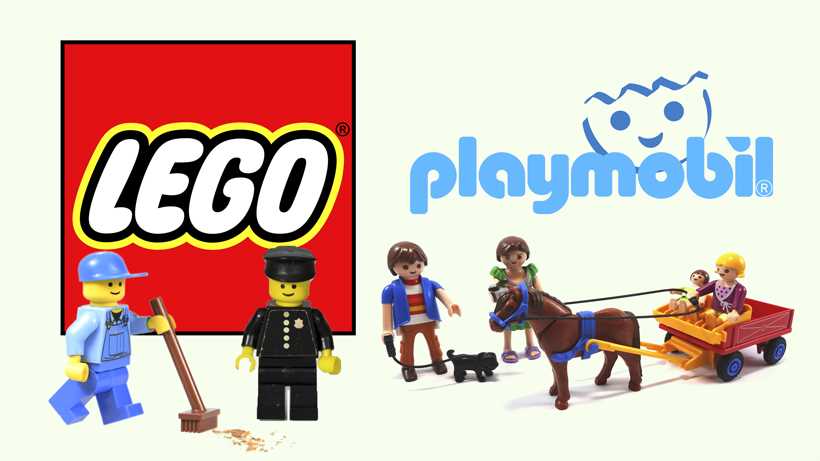
Les applications en marque blanche sont rapides et normalement peu coûteuses, mais voici ce que vous perdez :
- Données limitées : tableaux de bord standardisés sans suivi de parcours ou intégration CRM/ad server.
- Pas d’optimisation réelle : impossible de lancer des tests A/B ou des expériences par cohortes.
- Personnalisation faible : options génériques, pas contextuelles.
- Monétisation restreinte : pas d’intégration d’outils publicitaires externes.
- Aucune innovation UX : pas de navigation unique ou de parcours différencié comme La Matinale du Monde et ses swipes.
Et surtout, vous perdez le contrôle stratégique : le calendrier de mise à jour, les fonctionnalités, les intégrations… tout dépend d’un tiers.
Les radios qui réussiront traitent leur application comme un actif stratégique :
- elles construisent ou détiennent leur propre stack technique (en interne ou avec un partenaire durable) ;
- elles investissent dans les talents produits et techniques ;
- elles gèrent l’appli comme un produit, pas un projet ;
- elles planifient l’amélioration continue et les évolutions UX.
La BBC n’a pas construit BBC Sounds sur un modèle tout prêt. Elle a investi dans une application distinctive. Résultat : plus de 5 millions d’utilisateurs actifs par semaine.
Comment faire télécharger votre application radio
Voici la réalité : la plupart des gens ne téléchargeront pas votre appli pour un contenu qu’ils ne connaissent pas encore. L’« app fatigue » est réelle.
Mais cela ne condamne pas votre stratégie. Il faut simplement une approche intelligente.
Attirer via les plateformes tierces, puis convertir
Le parcours commence sur les plateformes :
- Découverte sur Spotify, Apple Podcasts, YouTube…
- Confiance via un contenu de qualité.
- Migration ou rapatriement quand vous offrez une vraie raison de télécharger votre appli.
La clé : le windowing.
Le New York Times diffuse The Daily partout pendant quelques jours avant de le rendre exclusif à son propre service audio. Radio France publie ses émissions sur toutes les plateformes pendant sept jours, puis réserve les archives à son appli.
Le windowing peut être :
- temporel (accès anticipé, archives exclusives) ;
- par plateforme (contenus bonus uniquement sur votre appli).
Bien fait, il récompense vos auditeurs fidèles. Mal fait, il les frustre. La différence : offrir une vraie valeur, pas simplement retirer du gratuit.
Stratégies de croissance
Une fois le contenu en place et la valeur claire, il faut travailler la découvrabilité.
Optimisation App Store (ASO)
Les stores sont des moteurs de recherche :
- titre clair avec mots-clés (« Nom de la station – Radio, Podcasts & Musique ») ;
- champ de mots-clés (iOS) adapté à votre marché (votre région si vous êtes une radio locale par exemple);
- description et visuels qui montrent la valeur immédiatement ;
- avis positifs et mises à jour régulières.
Acquisition payante
Investissez quand la valeur vie (LTV) dépasse le coût par installation (CPI).
- Apple Search Ads ou Google App Campaigns ;
- publicités sociales (Meta, TikTok) ;
- retargeting display.
Suivez le coût par installation (CPI – Cost Per Install) par rapport à la valeur vie (LTV – LifeTime Value) d’un auditeur. En règle générale, si la LTV est au moins trois fois supérieure au CPI, l’acquisition payante est rentable.
Cross-promotion
Utilisez tous vos canaux existants :
- mentions à l’antenne ;
- newsletters ;
- réseaux sociaux ;
- site web et QR codes.
Faites la promotion de votre application, pas de votre fréquence.
Une appli ou plusieurs ?
Pour les groupes multi-marques ou les radios disposant de nombreuses webradios, le choix est stratégique.
Une seule application fonctionne mieux si vos marques partagent un ADN commun : elle renforce la visibilité et concentre téléchargements et évaluations.
Chez Babbel, nous avons testé 14 applis (une par langue) contre une app unique avec 14 langues à apprendre. L’appli unifiée a systématiquement mieux performé, car les téléchargements et avis étaient concentrés, améliorant la visibilité dans les stores.
Utilisez plusieurs applications seulement si vos marques et audiences sont radicalement différentes : par exemple, une station musicale pour jeunes vs une station info/classique.
Évitez de mélanger audio et vidéo dans une seule application : les usages, métadonnées et attentes sont trop différents.
La voie à suivre
Placer votre application radio au cœur de votre stratégie numérique ne signifie pas abandonner Spotify ou Apple Podcasts. Cela signifie créer de la résilience, maîtriser la relation avec l’audience et construire un modèle durable.
Principes clés :
- Reconnaître le changement : la consommation se fait sur smartphone.
- Réduire la dépendance aux plateformes : les utiliser pour la découverte, pas pour le contrôle.
- Investir dans votre appli : générateur de données, plateforme de monétisation, laboratoire d’innovation.
- La posséder : les solutions génériques limitent vos capacités.
- Utiliser des stratégies intelligentes : windowing, ASO, acquisition payante, cross-promotion.
- Choisir avec cohérence : une application ou plusieurs selon vos audiences.
L’« app fatigue » est réelle. Mais la valeur d’une audience que vous possédez l’est encore plus. Les radios qui réussiront sauront combiner plateformes tierces et app propriétaire, tout en faisant de cette dernière la destination finale.
Votre application n’est pas un canal de plus. C’est votre moteur de données, votre laboratoire d’innovation, votre plateforme de monétisation et votre assurance contre la dépendance aux plateformes.
Dans un monde où l’application est l’avenir de la consommation audio, la posséder n’est pas une option. C’est une nécessité absolue.

